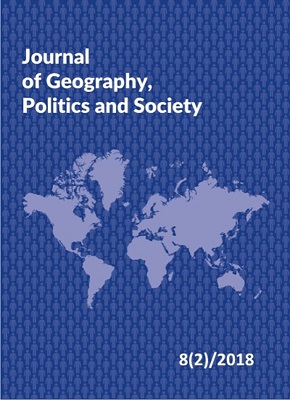Self-proclaimed republics of Eastern Ukraine – Corridor of development trajectories (political, ethno-demographic and socio-economic aspects)
Self-proclaimed republics of Eastern Ukraine – Corridor of development trajectories (political, ethno-demographic and socio-economic aspects)
Author(s): Sergey Sushchiy, Taras MedvedkinSubject(s): Government/Political systems, International relations/trade, Social differentiation, Sociology of Politics, Geopolitics
Published by: Wydawnictwo Uniwersytetu Jagiellońskiego
Keywords: the self-proclaimed Republic; Eastern Donbass; the socio-political dynamics; ethnic and demographic prospects; economic potential;
Summary/Abstract: This article examines the political, ethno-demographic and socio-economic aspects of the self-proclaimed republics of Eastern Donbass. It is concluded that the most likely scenario is to preserve them as politically independent from Kiev, the pro- Russian societies with an uncertain international political status. The process of state bodies’ system formation in Eastern Donbass (Donetsk and Lugansk people’s Republic – D(L)PR), further legitimizing of the vertical power of the republics through activation of local party life and finalizing the system of elections for leaders and deputy corps of various levels are expected to be completed in the coming years. The socio-political fate of Donbass will also largely determine the further ethnic evolution of its population, both in the western (Ukrainian) and the eastern (“republican”) parts. The consolidation of the republics as stable political and administrative and territorial entities in the medium term (by 2025-2030) may lead to a quantitative predominance of the Russian population within their borders (taking into account bi-ethnophors with Russian ethnic self-identification). At present the only realistic scenario of socio-economic development of the republics remains their progressive “shadow” integration into the life cycles of the Russian economy. In the next few years a serious spatial transformation of the entire infrastructure complex of the D(L)PR, including a network of transport communications and the basic systems of social life support, is expected. The transformation is caused by a radical turn of trade and economic ties of the region to Russia and the need to move the central infrastructural hubs of the republics away from the front line.
Journal: Journal of Geography, Politics and Society
- Issue Year: 8/2018
- Issue No: 2
- Page Range: 54-65
- Page Count: 12
- Language: English

